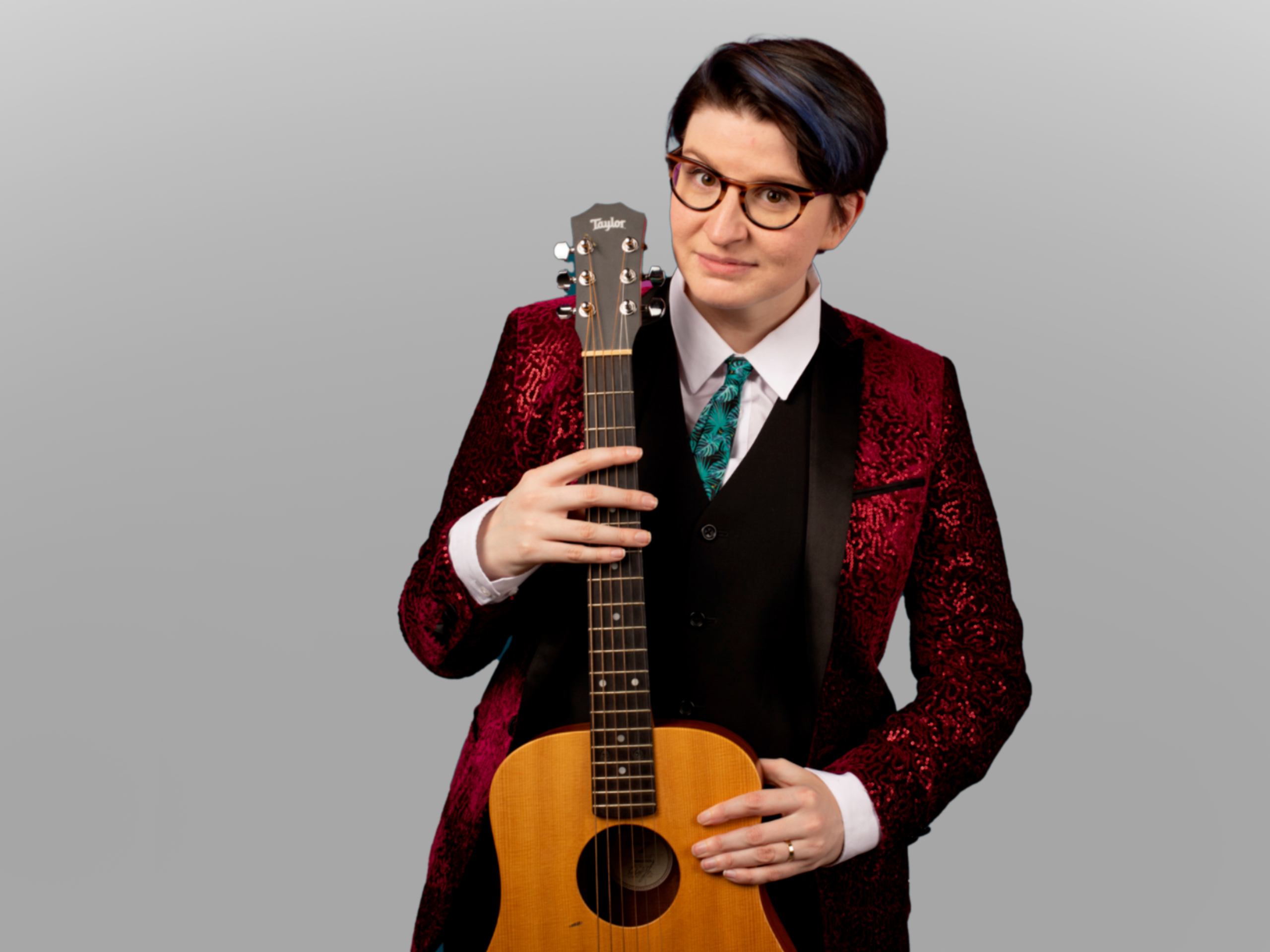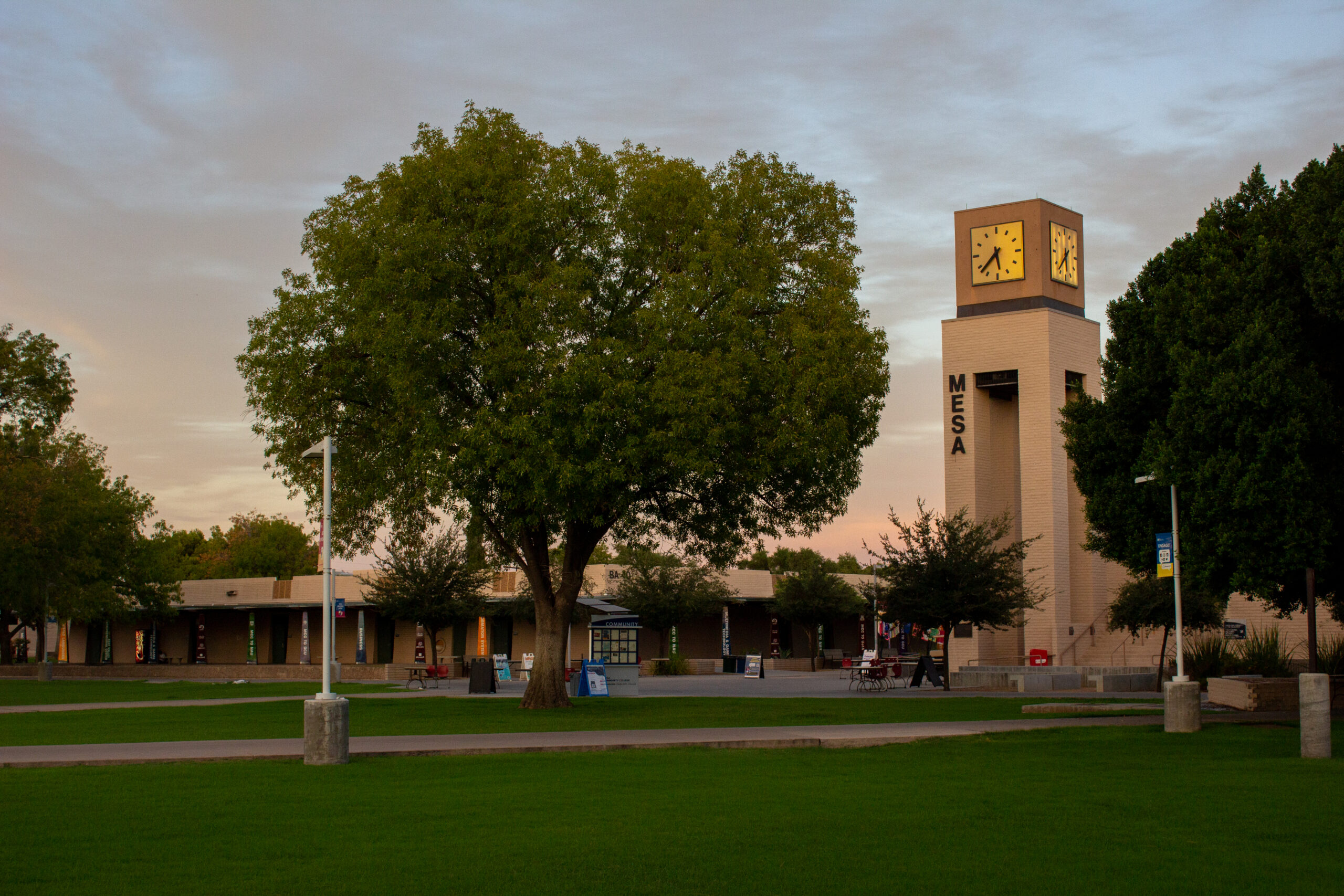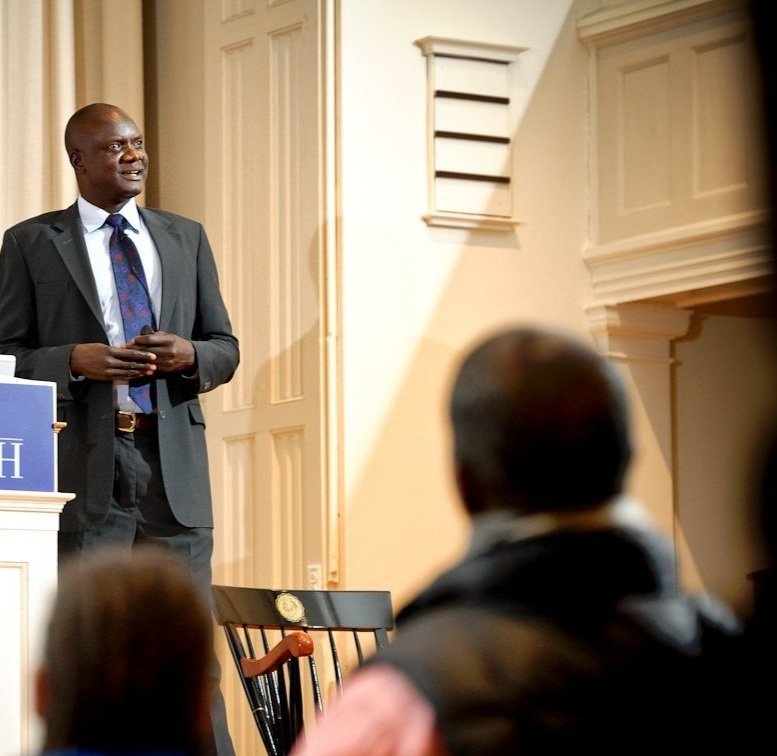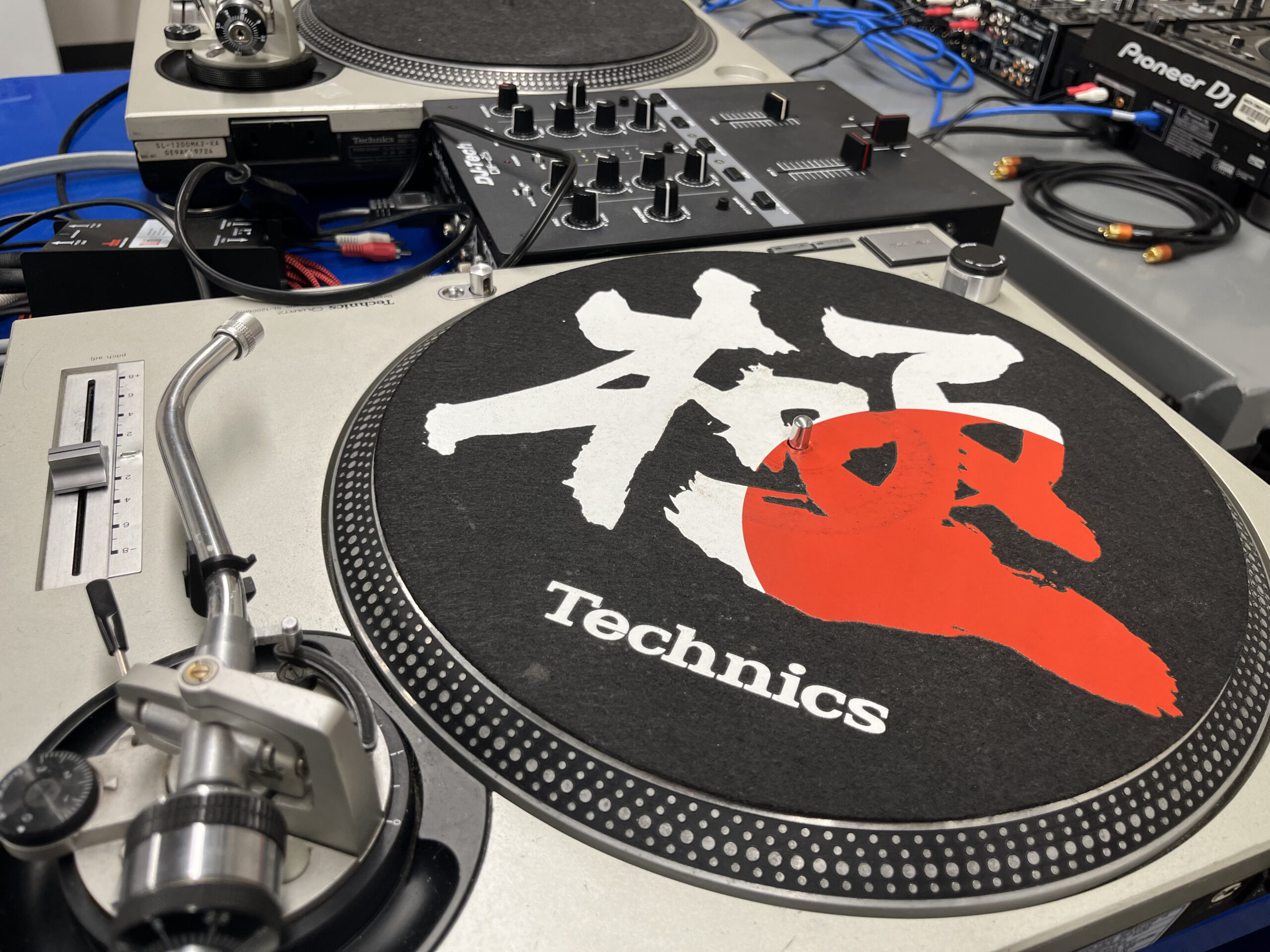Anxiety still a driving force in American culture
Karlyle Stephens
Mesa Legend
 “You only live once” and “What a time to be alive,” terms coined by one of the biggest recording artists in the past 7 years, may go down as two statements that most fit to describe our time when it is studied a century from now. It’s what you utter as you’re shaking your head at all we see going on: the never sleeping news cycle of political theater, war, murder, protest, and celebrity gossip. Plus all our partying or “turn up;”the vapid celebrations; and the chase for wealth and status that goes with it.
“You only live once” and “What a time to be alive,” terms coined by one of the biggest recording artists in the past 7 years, may go down as two statements that most fit to describe our time when it is studied a century from now. It’s what you utter as you’re shaking your head at all we see going on: the never sleeping news cycle of political theater, war, murder, protest, and celebrity gossip. Plus all our partying or “turn up;”the vapid celebrations; and the chase for wealth and status that goes with it.
Then, making us more distinct than any other time before, there’s the technological advancements and its astounding devices and mediums that allow us to keep up with it all so instantaneously. Making us live with constant anticipation for the next big thing to come across our timelines and also for what’s next for our country and the world at large.
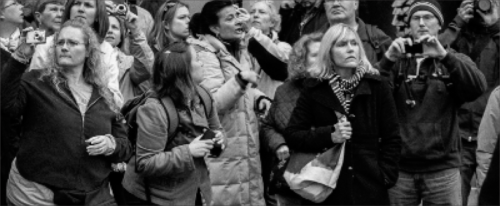 With this in mind, we can be sure that now is a peculiar time-one like no other to be alive.But not entirely. If we really want to help ourselves moving forward, it’s important we look and learn from past ages of American anxiety. And I find that we mirror best with the America that was about 100 years ago. There are so many interesting parallels between the two eras.
With this in mind, we can be sure that now is a peculiar time-one like no other to be alive.But not entirely. If we really want to help ourselves moving forward, it’s important we look and learn from past ages of American anxiety. And I find that we mirror best with the America that was about 100 years ago. There are so many interesting parallels between the two eras.
As we move into 2017, we must look back so we might have an idea of what the next 10-15 years will look like for the culture socially. “The Nervous Generation” titles the book by historian and longtime UC-Santa Barbara professor Roderick Nash which traces American thought in the period between 1917-1930. Right after the first world war, into the roaring twenties, up into the beginning of the Great depression.
To begin, Nash dissects the reputation of the era and does so by studying the works of the most prominent popularizers and intellectuals during that time. F. Scott Fitzgerald, his books- most notably The Great Gatsby–and the films inspired by it, are largely responsible for the postwar’s reputation as being a glamorous period of flappers and jazz bands. One in which Americans “indulged in an orgy of irresponsible dissipation.”
This was only one small part of the nation’s mood at the time though it is portrayed as the dominant image. Many young people may have been greatly influenced by Fitzgerald, but others expressed their anxiety by becoming expatriates; fleeing to Europe as did young intellectuals like Malcolm Crowley. Crowley gives his interpretations of the era in his book, “Fitzgerald and the Jazz Age.”
Crowley uses “disillusioned” to classify Americans after the war. Meaning, “specifically loss of faith in social reform and progress.” Other intellectuals echoed this notion, saying as a result of the war there was a “collapse of idealism and social reform, cynicism, hedonism and the advent of gangsters and political scandals.”
Not all Americans were disappointed by the war to a point they were looking to leave. In fact, the majority of Americans according to Nash, after the war and throughout the 1920s, became very patriotic. Fearing immigration and cultural diversity, many “displayed a love of nation so strong that it approached bigotry.” Theories in scientific racism were on the rise along with a rebirth of the Ku Klux Klan thanks to the 1915 release of D.W. Griffith’s “Birth of a Nation.”
By the 1920s, Klan membership would grow tremendously throughout the country as they became the front men in a campaign to “make America safe for Americans.” Sounding familiar yet? Nash’s “The Nervous Generation” doesn’t mention the ways in which people of color were affected by these rampant anxieties. And so his book, though great, fails to include stories like that of Jack Trice.
In October of 1923, Trice was the only Black student-athlete playing on Iowa State University’s football team when he died from injuries suffered during his very first game against the University of Minnesota. Players for Minnesota, a state that had recently succumb to heavy Klan influence, trampled Trice during the game for no other reason than you know why.
Today, we are too familiar with stories that resemble Trice’s. Luckily for us though, there are movements loud enough to enact awareness and hopefully justice for such However, we now do exsist in a time where America’s next President is a man openly endorsed by the Ku Klux Klan; vowing to make America safe and “great again.” Oh boy, what a time to be alive. Where things are so much different, yet so much the same.
Finally, the extent of social narcissism during the “Nervous Generation” was alot similar to the kind experience now. It’s reflected in one short but popular poem among young people at the time by Edna St. Vincent. It goes: My candle burns at both ends; It will not last the night; But ah, my foes and oh, my friends, it gives a lovely light. It sure is an exciting time to be alive. But is our Nation on a fast track towards destruction and great depressions?
